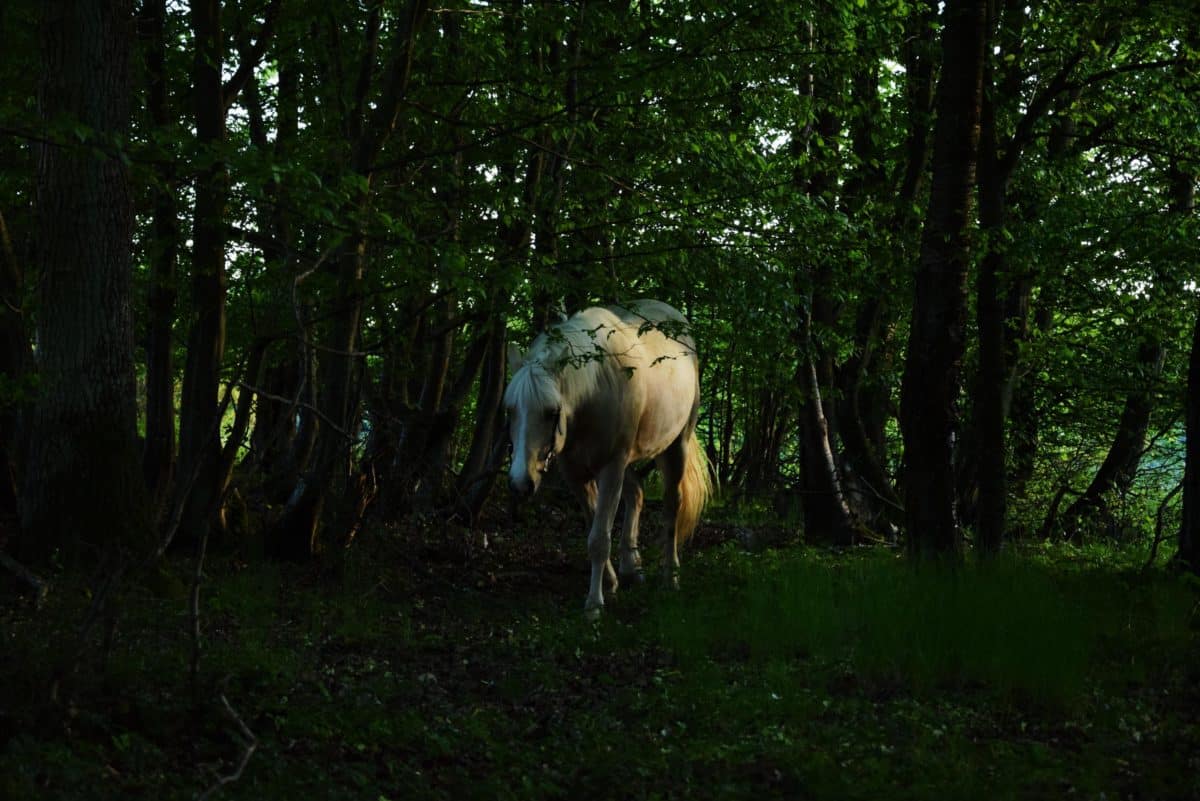

It is easier than ever to shop for a horse online. Thousands of horses are listed for sale on all kinds of websites–some more reputable than others. With so many options, it is vital that you do your homework before jumping into the deep end. Here is my beginner’s guide to horse buying.
Do market research
Before you can even begin to come up with a budget for your new horse, you should research the cost of owning and maintaining a horse in your area.
To Board or Not to Board
Are you going to board or keep the horse at home? If you are going to board a new horse, you need to find out what the average price of the board is for horses in your area. Find a few barns you like. Looking at your current finances, figure out what you can afford to pay for boarding above and beyond the initial cost of buying the horse. Many boarding agreements include the cost of feed and hay, but always be sure to double-check, so you are not blindsided.
Hay and Feed
Know the prices of feed and hay in your area. This is especially important for those who only pay for self-care boarding or keep their horse at home. Keep in mind that hay prices fluctuate according to the season. In extremely dry years, the hay doesn’t grow as well, so good hay prices go up. If the year is too wet and too many farmers lose portions of their hay crops, the price shoots up as well.
Vets and Farriers
Look up local vets and farriers. Don’t just figure on the price of the cheapest one. Skimping on a bad farrier or vet has serious consequences for your horse and only costs you more money in the long term. You only end up having to pay someone else to come in and clean up your mess. If you want to board, ask any potential barns what vet or farrier they recommend. Some barns will get group discounts for all boarders who use the barn vet or farrier. Other barns require you to use their vet or farrier, completely removing the choice.
Other Essentials
Look up the local prices for other horse care essentials such as bedding, dewormer, over-the-counter medications, and other horse care supplies from your local farm stores. All of these necessities must be taken into account.
Come up with a horse buying budget
Once you know your local market, you can begin putting together a budget. How much can you afford to spend each month on maintaining a horse? Some rural areas require a monthly budget of $300-$400. Other more urban areas require budgets of $1,000-$2,000. This is why you need to know your local market.
Once you know how much you can afford per month, you need to budget an emergency fund that will last you for at least three months. So, if your monthly budget is $400, your emergency fund is $1,200. Once you have subtracted all of that, figure out what you are left with to cover the purchase price of the horse. It is always good to stay below that budget if possible. Anything left from the purchase budget goes straight into the emergency fund.
Set your criteria
Age
The best place to start is with age. If you are a beginning rider, you probably don’t want a horse under 10 years old. A good starting point would be 10 to 15, so the horse has plenty of experience while still having a decade or more of good years left.
A beginner rider should never be on a green horse, nor should they generally be on a horse much younger than 10. Why? You might have heard the old adage, “green on green makes black and blue.” Basically, that means that putting a green rider on a green horse always ends with someone getting hurt. Take it from someone with a shattered spine and traumatic brain injury, don’t do it.
Bear in mind, though, age doesn’t automatically make a horse a beginner horse. Some horses will never be beginner friendly, no matter how old and experienced they get. I’ve got two of those sitting in my pasture right now.
Health
It is vitally important that any horse you are looking at isn’t a walking money pit for vet bills. Request the horses’ health records. Perform your own lameness examination with the help of an experienced friend. If the horse passes the basic self-administered tests, get a vet check. It is always better to be safe than sorry.
Training
This is something that needs to be evaluated with your trainer or another more experienced rider. First you need to know what discipline(s) you are interested in. Do you want a trail horse? A competitive endurance horse? A show horse? Western? English? Multi-discipline? Specialized? Once you sort out what you want to use the horse for, you are left to answer four basic questions.
What level of training do I want?
A lot of us want a horse that can be a performance star. Whether it’s a competitive reining horse, barrel horse, dressage horse, or whatever discipline you desire, many of us have eyes for horses far more talented than we actually need.
What level of training do I need?
This is where we need to balance want with need when horse buying. It would be foolish for a trail rider who goes to three local fun shows a year to shell out $20,000 for a fully trained performance horse. On the flip side, it would be foolish for an aspiring competitor to save money on the initial purchase price of the horse by opting for the $300 craigslist trail horse rather than spending the time and money to find a prospect suited to the show pen. Not saying you can’t find steals on craigslist, but you really need to know what you are looking for.
What level of training am I ready for?
That said, you also need to consider what level of training you are ready for. A green competitor should spend a little extra to get an experienced competition horse. However, there is such a thing as too much training to be beginner friendly. Some competition horses are so finely tuned that they become equally as dangerous in the hands of a green rider. Horses like my mare Moose, who turn simply from a shift in weight from your seat, should never be put in the hands of a beginner. Simply looking over your shoulder can make her turn if you’re not careful.
What level of training can I afford?
Of course, then there is always the money problem. What can you actually afford? If you are a beginner, your budget should realistically be $2,000-4,000 in most markets for a solid beginner horse. Depending on the discipline, that number increases exponentially.
Breed
People might tell you you shouldn’t worry about the breed of your first horse. Depending on your situation, this may or may not be true. If you have a specific discipline you dream of competing in, the breed needs to be taken into account to ensure you’re buying a horse that is bred for what you want to do.
For trail riders, take into account what type of trails you will be riding and who you will be riding with. If all your trail riding buddies have gaited horses, getting a quarter horse or anything else that is not gaited will leave you struggling to keep up and potentially make the ride more frustrating than fun. The opposite is also true. If all your buddies have quarter horses, getting a gaited horse that outpaces them easily and forces you to stop and wait for them every half mile will really put a damper on a nice ride.
If you only take lessons and don’t generally have other riders to take into consideration, you have more leeway to look at different breeds. In that case, I agree that you should keep an open mind. However, more often than not, there are actually deciding factors that will help you narrow down a breed choice.
Conformation
No horse has perfect conformation. But you at least want to make sure you avoid buying a train wreck. This is where an experienced friend and/or trainer comes in handy. They will be able to tell you if the horse has sound conformation for the discipline you are looking at.
Gender
This one is more flexible. For the most part, it would be foolish to eliminate a whole gender completely. The only gender that is usually completely off the table should be stallions. Only the most experienced riders should be handling stallions. But, it is generally best to keep an open mind when it comes to mares versus geldings. Many people develop a preference for one or the other, but when starting out, don’t jump to conclusions too quickly. A good horse is a good horse, no matter the gender.
Color
Color should be the last thing on your list. It is advisable to avoid shopping by color. Only once all other criteria have been met should color be considered.
Do more market research
Once you have a list of your horse buying criteria, you’re still not ready to shop quite yet. It’s time to take that list of criteria and do a little market research on your local market.
- What is the average price for your chosen breed(s) in your area?
- What is the average price for your discipline in your area?
- What is the average price for the training level you are looking for in your area?
Once these questions are answered, you will have a better idea of where these criteria fit into your budget.
Define your horse buying deal breakers
Now, take the results of this research and set your deal breakers. Lay out which points you are willing to compromise on. Maybe you want a reining horse. You need one that is experienced, but 10 to 15-year-old reining horses with a show record are out of your price range. Here, you may need to compromise on the age criteria. You may need to settle for buying an older horse, maybe 15 to 20 years old. With age comes increased health problems. You risk lameness issues, joint issues, and any number of health problems found in aged performance horses.
In this example, you may need to compromise on training if you want a younger, healthier horse. Maybe you find a horse that has the training but no show record due to the financial difficulties of the owners. He may be a bit more of a wildcard when it comes to competition potential.
Color might be a deal breaker. For me, gray is a deal breaker. I don’t want anything too hard to keep clean. I will compromise a bit on chrome. Minimal is better for me (yes, I’m weird), but I’ll deal with more for the right horse. I don’t want anything like a palomino with a white mane and tail, but again, I will compromise for the right horse. Gray is the only real color deal breaker.
Consult an impartial third party
Now we’re finally to the fun part. Take your budget, list of criteria, deal breakers, and start shopping. However, running all potential candidates by a neutral third party, such as your trainer or an experienced friend, is advisable. Make sure you pick someone who you can trust not to be swayed by your own prejudices.
Horse shopping can be a fun and rewarding experience. But it can also turn into a nightmare if you find yourself stuck with the wrong horse. Don’t be afraid to walk away from a nice horse who fits most of your criteria but is just deficient in one area. Don’t let a seller guilt trip you into buying a horse that isn’t right for you. There are so many horses out there looking for homes. The right one will come along eventually. Patience is key and will pay off in the end when you finally find that perfect match.






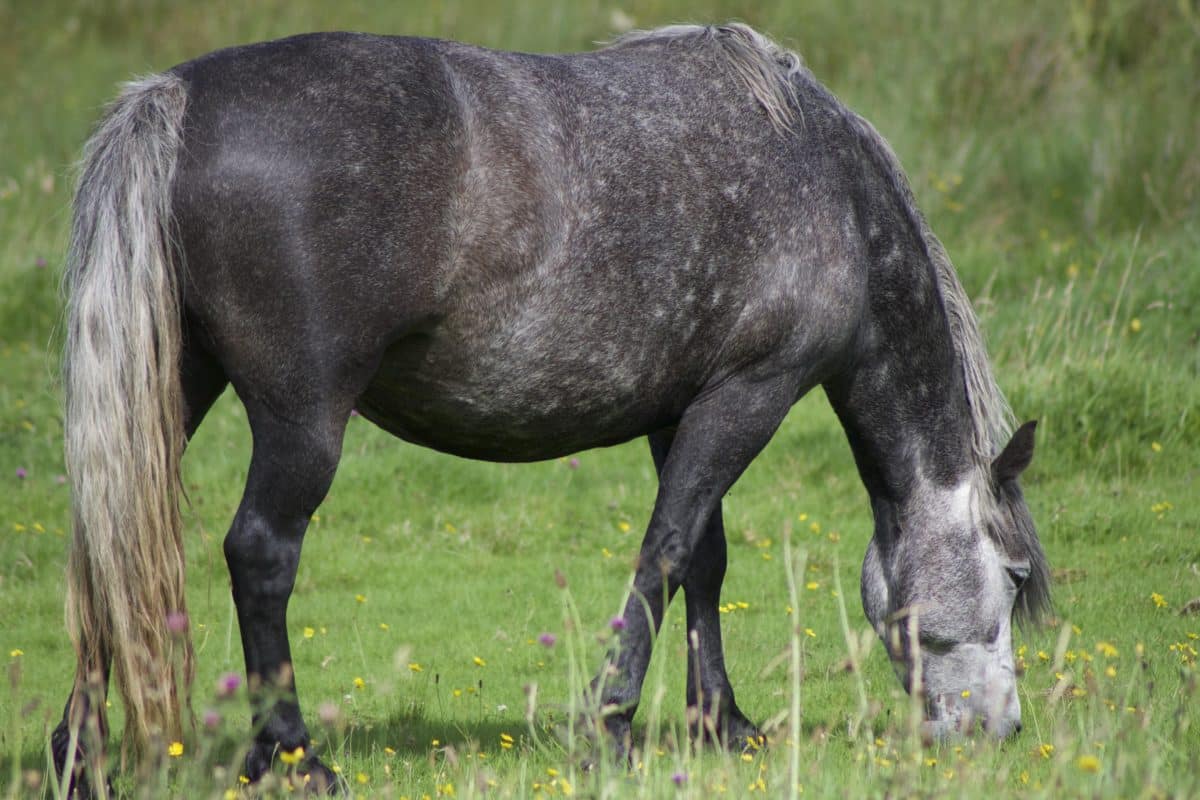
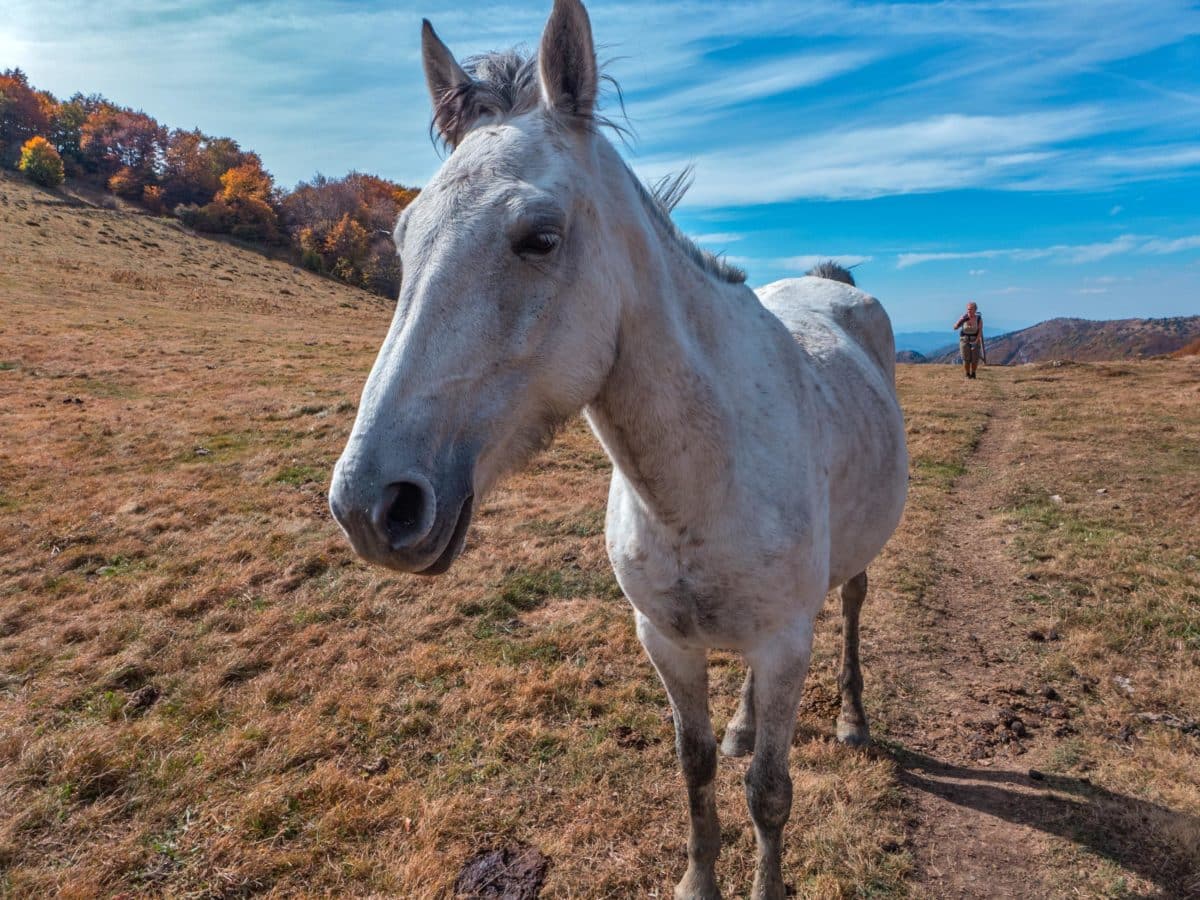
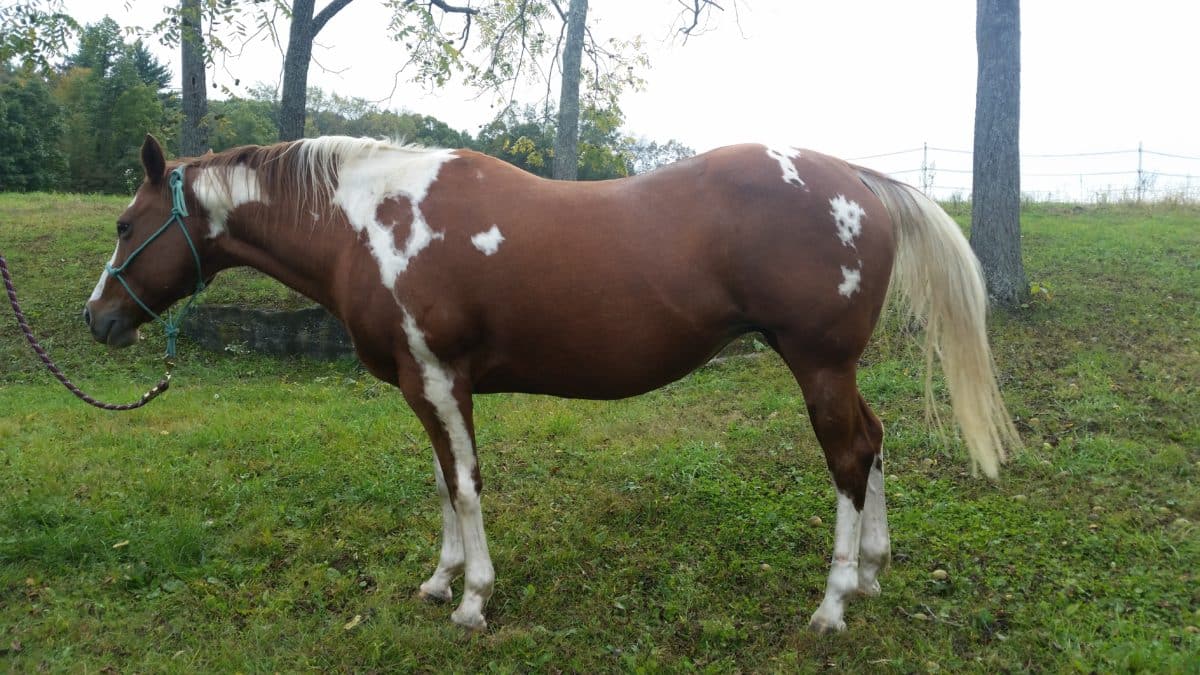
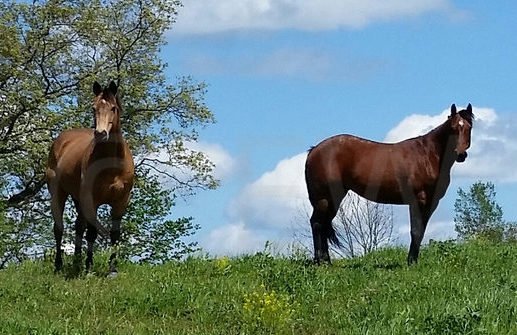
Thanks for explaining how horses come in different attitudes and breeds. My uncle is interested in spending his retirement with farm animals as his new hobby. I should probably recommend that he find a lifestyle subscription box that talks about horses and the equestrian lifestyle as a whole before taking care of one.